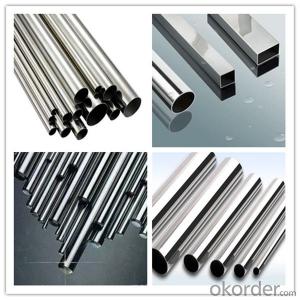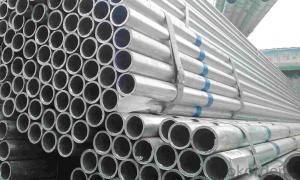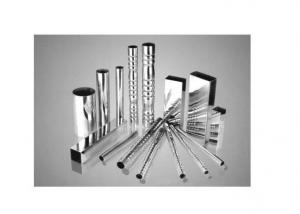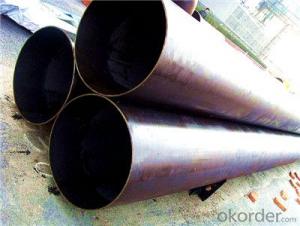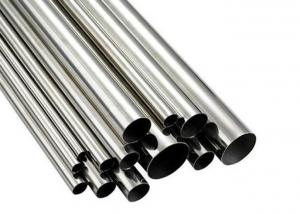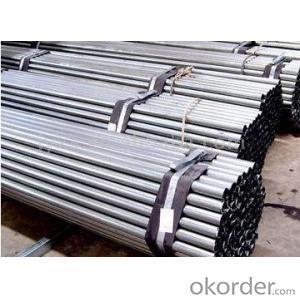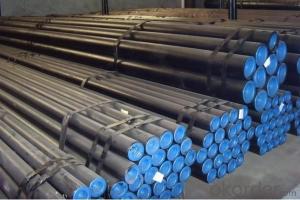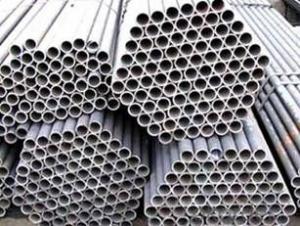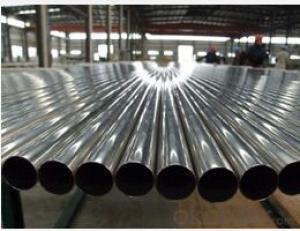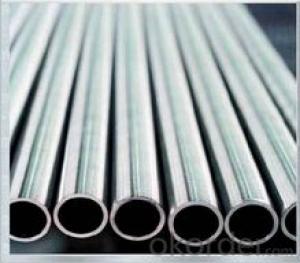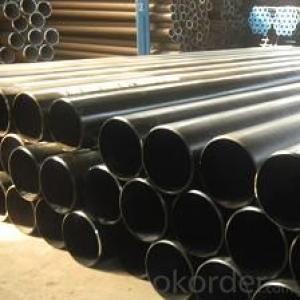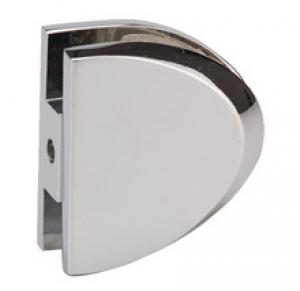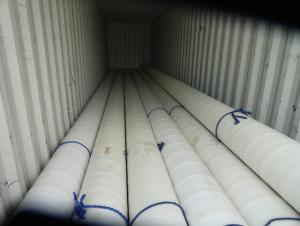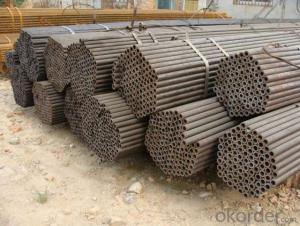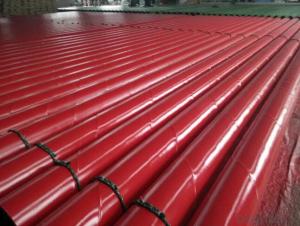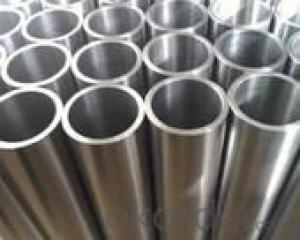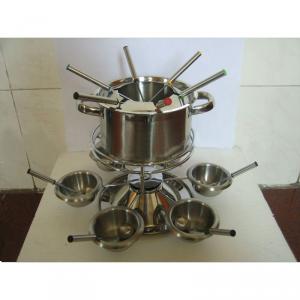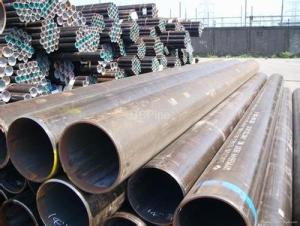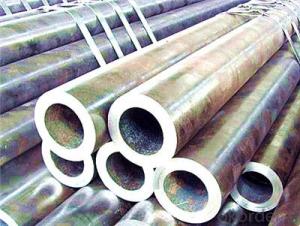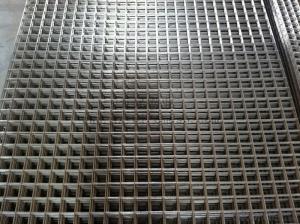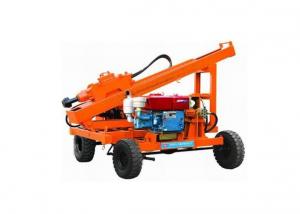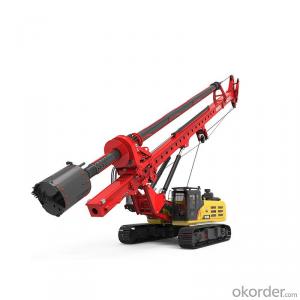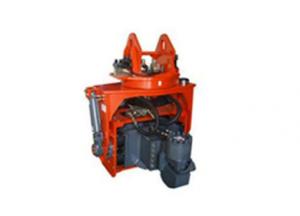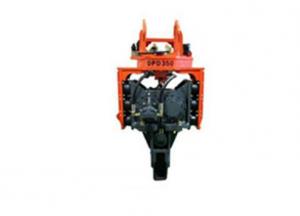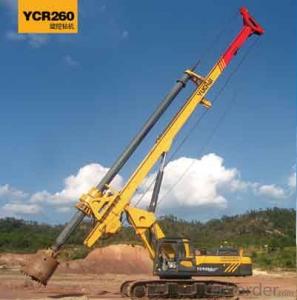Stainless Steel Chimney Pipe
Stainless Steel Chimney Pipe Related Searches
Chimney Pipe Stainless Steel Stainless Steel Chimney Stainless Steel Pipes Stainless Steel Chimney Cap Chimney Cap Stainless Steel Stainless Steel Threaded Pipe Stainless Steel Screen Pipe Pipe Stainless Stainless Steel Piping Stainless Steel Chimney Caps Chimney Caps Stainless Steel Stainless Steel Smoker Pipe Stainless Steel Chimney Liner Stainless Steel Flue Pipe Chimney Liner Stainless Steel Stainless Steel Flex Pipe Stainless Steel Tape Stainless Steel Pipe Clamp Stainless Steel Chimney Liners Stainless Steel Pipe Flange Stainless Steel Pipe Fitting 4 Stainless Steel Pipe Stainless Steel Tap Stainless Steel Pipe Clamps 1 Inch Stainless Steel Pipe 4 Inch Stainless Steel Pipe Stainless Steel Pipe Screens 3 Stainless Steel Pipe 2 Stainless Steel Pipe 1 Stainless Steel PipeStainless Steel Chimney Pipe Supplier & Manufacturer from China
Stainless Steel Chimney Pipe is a durable and corrosion-resistant product designed for use in various industrial and commercial applications. This pipe is specifically engineered to withstand high temperatures and harsh conditions, making it an ideal choice for chimney systems in both residential and commercial settings. Its robust construction and resistance to rust and corrosion ensure a long-lasting and efficient performance, which is essential for maintaining proper ventilation and safety in any building.The Stainless Steel Chimney Pipe is widely used in scenarios where high-temperature exhaust gases need to be safely vented, such as in boiler systems, furnaces, and industrial ovens. Its ability to maintain structural integrity under extreme conditions makes it a preferred choice for environments where traditional materials may fail or require frequent replacement. The pipe's smooth interior surface also reduces friction, which helps to minimize airflow resistance and improve overall system efficiency.
Okorder.com is a leading wholesale supplier of Stainless Steel Chimney Pipe, offering a vast inventory of this high-quality product to meet the needs of various industries. With a commitment to providing top-notch customer service and competitive pricing, Okorder.com ensures that customers can access the Stainless Steel Chimney Pipe they need for their projects without compromising on quality or affordability.
Hot Products


